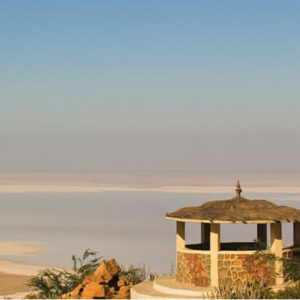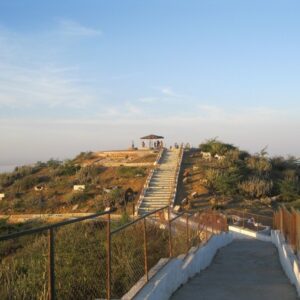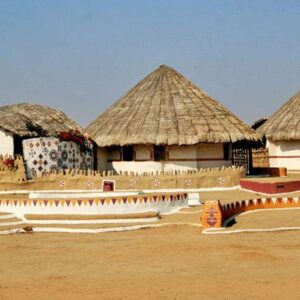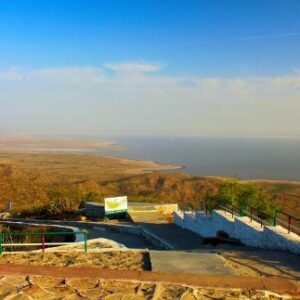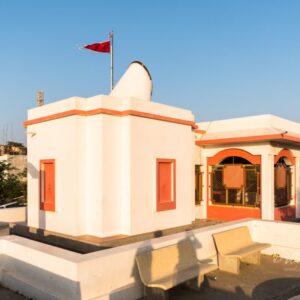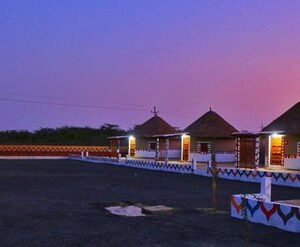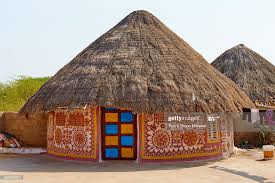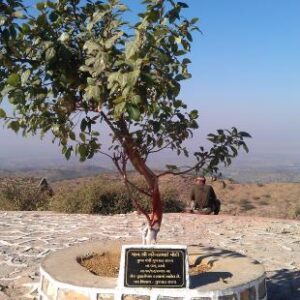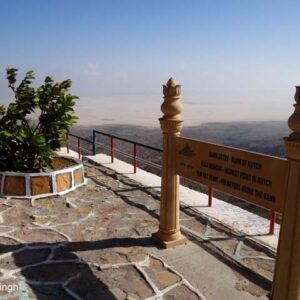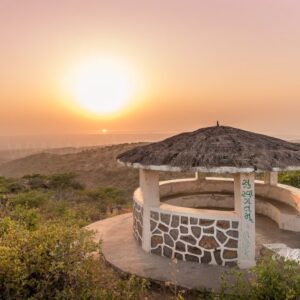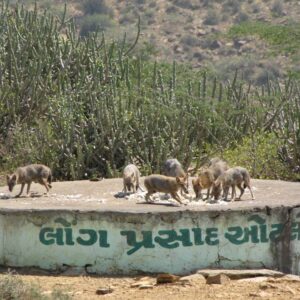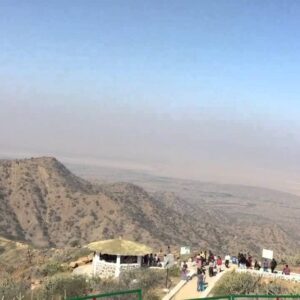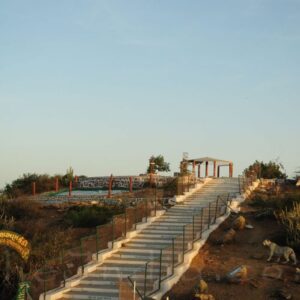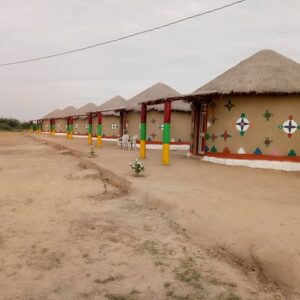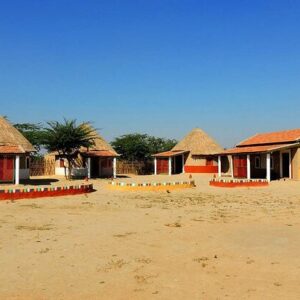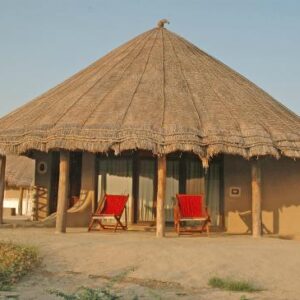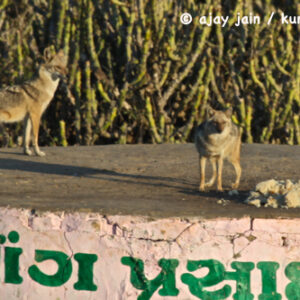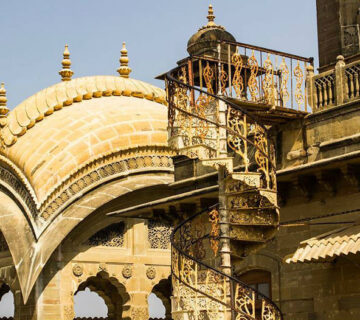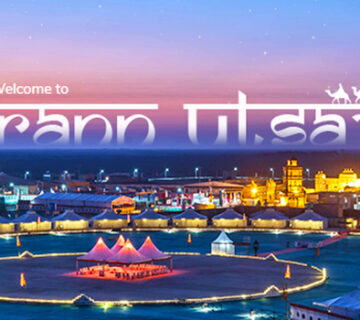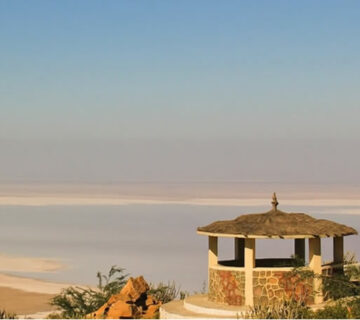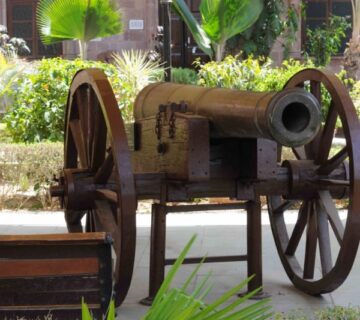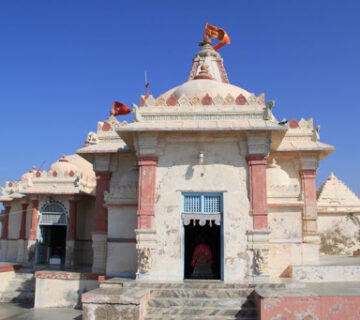Dholavira, located on Khadir Bet in the Great Rann of Kutch, is one of the most significant archaeological sites of the Indus Valley Civilization. This UNESCO World Heritage Site reveals a highly advanced urban settlement dating back to around 3000 BCE. Known for its meticulous planning, intricate water conservation system, and impressive architecture, Dholavira stands as a testament to the ingenuity of the Harappan people. It is a must-visit destination for history and archaeology enthusiasts.
Key Highlights:
- UNESCO World Heritage Site
- Sophisticated Water Management
- Urban Planning
- Artifacts Discovery
- Giant Inscription
- Stunning Location
Dholavira exemplifies the brilliance of the Harappan civilization with its meticulously planned urban settlement. The site is divided into three parts: the citadel, the middle town, and the lower town, showcasing a hierarchical and organized structure. Its sophisticated water management system, which includes reservoirs, step wells, and stormwater channels, highlights the community’s expertise in handling the harsh semi-arid climate of the region.
Artifacts unearthed at Dholavira, such as beads, terracotta figurines, seals, and tools, offer valuable insights into the daily lives, trade, and artistic accomplishments of the Harappans. The site is also famous for its massive stone inscription, which remains an enigma to historians and linguists. Set against the surreal backdrop of the Rann of Kutch, Dholavira is not only an archaeological marvel but also a serene destination that connects visitors to the rich legacy of ancient India.
Image Gallary


